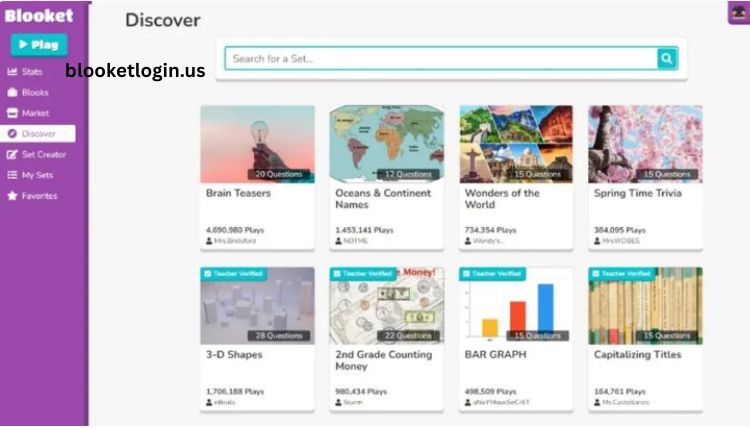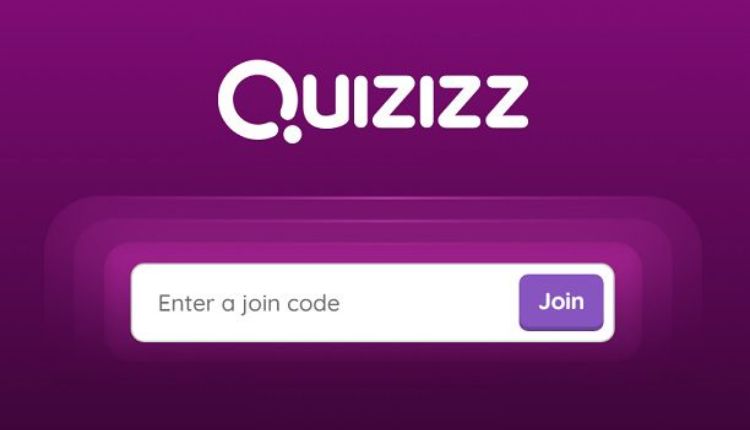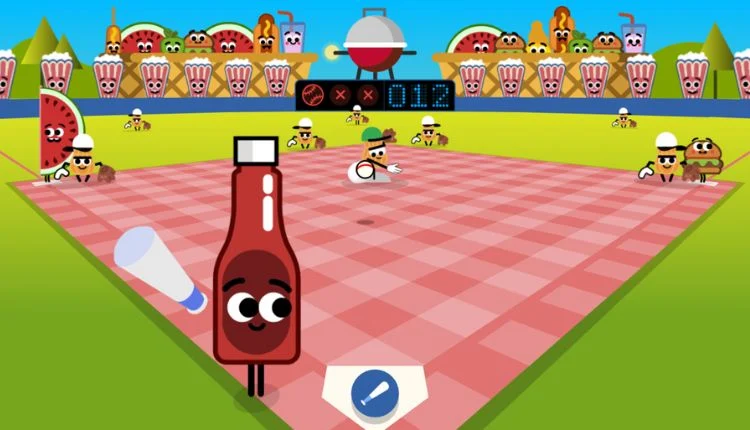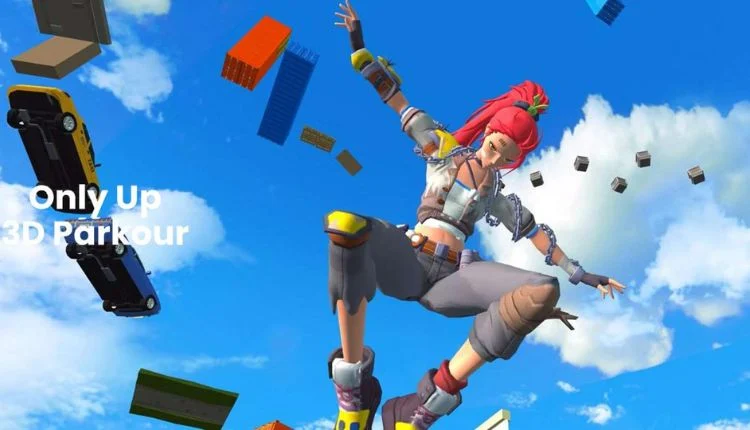It’s quickly become a hit with both teachers and students for its fun format and versatility across subjects and grades. The dashboard blooket acts as a command center of sorts for this platform, where users control, organize, and analyze their activity. Blooket’s dashboard allows users to find games they played, track performance stats, build content, and discover features.
Understanding the Blooket dashboard is core to both educators and students. It is designed to be intuitive, making it easier for users to find what they need and learn. Read this article to learn everything about the Blooket dashboard — its best features, functions, and how to maximize your usage.
Working with The Dashboard Blooket
User Sign-Up: In order to reach the dashboard blooket, users must sign up on the platform. When they log in, it takes them directly to the dashboard. It is the home for everything you will do inside of Blooket, from entering games, hosting games, and checking your stats & performance to editing your own work.
The dashboard is user-friendly and intuitive, allowing younger users to navigate it effortlessly. It has an intuitive layout with tabs and sections that are clearly labeled. These main sections include “My Sets,” “Favorites,” “Homework,” “History,” etc. These three segments are all needed to ensure that users can manage their learning resources accurately.
My Sets: Creating and Organizing Content
That leaves us with one of the most used sections of the dashboard blooket: “My Sets.” Users have the option to create their own question sets, or edit existing question sets here. For teachers, this allows them to fine-tune the content to their particular curriculum, which is a great help. You can add multiple-choice questions to each set as well, with options in text as well as images.
Making a new set is simple enough. Users just click on the Create a Set button, fill in its title and description, and add their questions. A set can be public or dashboard blooket private depending on whether the user wishes so. Once you create these sets, they are stored in the dashboard and can be reused, edited, or shared with others.
How To Host and Join Games From The Dashboard Blooket
The dashboard allows you to host and join games easily. Educators can hold live games with their own custom sets or select any of the tens of thousands of public sets created by other users. Clicking the “Host” button beside a set gives users a selection of game modes, including Tower Defense, Gold Quest, Café and Classic Mode.
Through Quiz Mode, Visual Stats Challenge Mode, and Visual Stats App mode, this game allows a different experience of playing while learning from quiz content. A game code is created when hosting a game, and students use it to join the session. On the host side, the dashboard enables the host to manage various settings such as time limits, randomization, and other gameplay options.
The dashboard blooket allows students to join games by clicking on the “Join a Game” button and typing in the code given to them by the host. Then, of course, you will have their gameplay stats logged, and you can review them through the dashboard.
Homework assignments and Dashboard Blooket
The homework feature of the dashboard blooket is one of its most powerful features. Suitable for teaching in different lessons and can be included in homework assignments, although the games can be done on your own. This is especially valuable for remote social learning environments or for extending classroom learning with practice at home.
The dashboard allows teachers to assign due dates and to customize the game even for homework assignments. After students have completed their homework, the dashboard offers detailed reports, including the number of questions answered, accuracy percentage, and time spent. This enables teachers to monitor individual and group performance, identify subject matter deficits, and customize instruction.
History and Analytics Dashboard Blooket
Blooket history The “History” section from the dashboard blooket shows the list of all the past games that the user played or hosted. That is, game details, sets of questions used, student performance, and rankings. This data is invaluable for educators to assess student engagement and academic progress over time.
Analytics are presented in an intuitive format, usually with graphical representations denoting accuracy, participation, and completion rates. This allows teachers to monitor student comprehension and highlight areas of the work that may need additional instruction or review.
Setting Customization Dashboard Blooket
Blooket provides a handful of customization features in the dashboard blooket. User Profile: Where users can edit their profile, change their display name and avatar, settings and anything else. Teachers can categorize and organize their question sets into folders to find the relevant content when needed.
There is also a built-in ability to bookmark your favorite question sets or game modes via the dashboard. This is particularly useful for planning lessons or finding quick review activities prior to tests and examinations.
Collaboration and Sharing Features Dashboard Blooket
The collaborative aspect of the dashboard blooket is another key element. Teachers can share their sets through a shareable link with colleagues or students or assign them directly. This encourages a sharing-learning environment and makes peer-generated content easy to use in lessons.
There is also a large public library to browse and use question sets created by other educators. Those can be filtered by subject, grade level and popularity, so it’s easy to discover the material that is relevant and high-quality. The dashboard is structured in a way that enables all the shared content to be promptly accessed and acted upon.
It is a safe and secure learning environment
Blooket claims to have user privacy and security in mind. The dashboard is age-appropriate, with features to keep students safe while they are learning. Educators can decide who joins games and moderate activity on the platform.
Plus, dashboard blooket adheres to educational data privacy regulations so that teachers and parents can rest easy. The report also supports the direct reporting of inappropriate content or behavior in the dashboard interface.
More Words
Gamified Education with dashboard blooket: Improve the Teaching and Learning Experience. That pulls together all the key functions — content creation, game hosting, progress tracking, and analytics — in one simple interface. The Blooket dashboard is a great option for all the teachers out there who are looking for new ways to spice up lesson plans or for students who want to make learning a little more fun.
Blooket is reinventing the game with constant updates and growing popularity. Keeping up with the dashboard allows users to successfully utilize the numerous benefits the platform has, creating an effective and enjoyable course of education.





